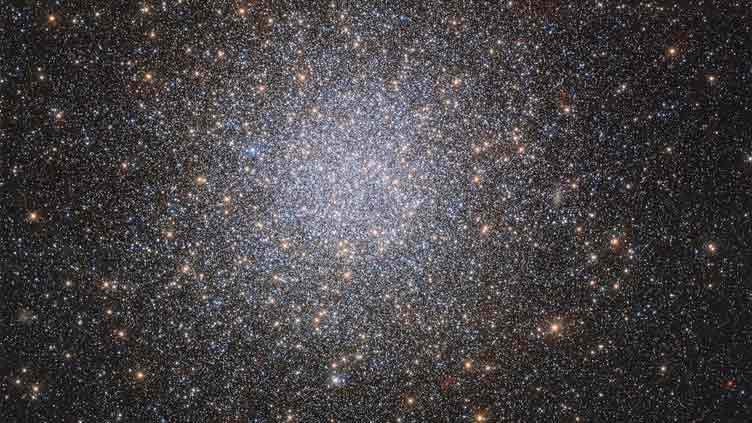
Image: NASA
The above image is of a globular star cluster NGC 2419. These clusters are absolutely fascinating and beautiful. They are actually stars arranged in a spherical setting that orbit the galaxy. In this case, the galaxy of NGC 2419 is our Milky Way.
According to NASA, the NGC 2419 is approximately 300,000 light-years away from our solar system. The stars included in globular clusters are very much same because they are all formed more or less at the same time.
Astronomers analyze a star’s chemical make up to determine its age. Since stars in a globular cluster are of the same age, their properties are also alike.
However, the latest revelation by Hubble tells us that this is not the case with NGC 2419. This particular globular cluster has two separate populations of red giant stars, and one with helium.
NGC 2419’s stars has other varying elements too. For example, their nitrogen content is different. To everyone’s surprise, the helium-rich stars here are present in the center and are rotating as well.
Hubble’s latest observations have put question mark on the formation of globular clusters; are they two different groups of stars or this particular globular cluster was formed differently?




